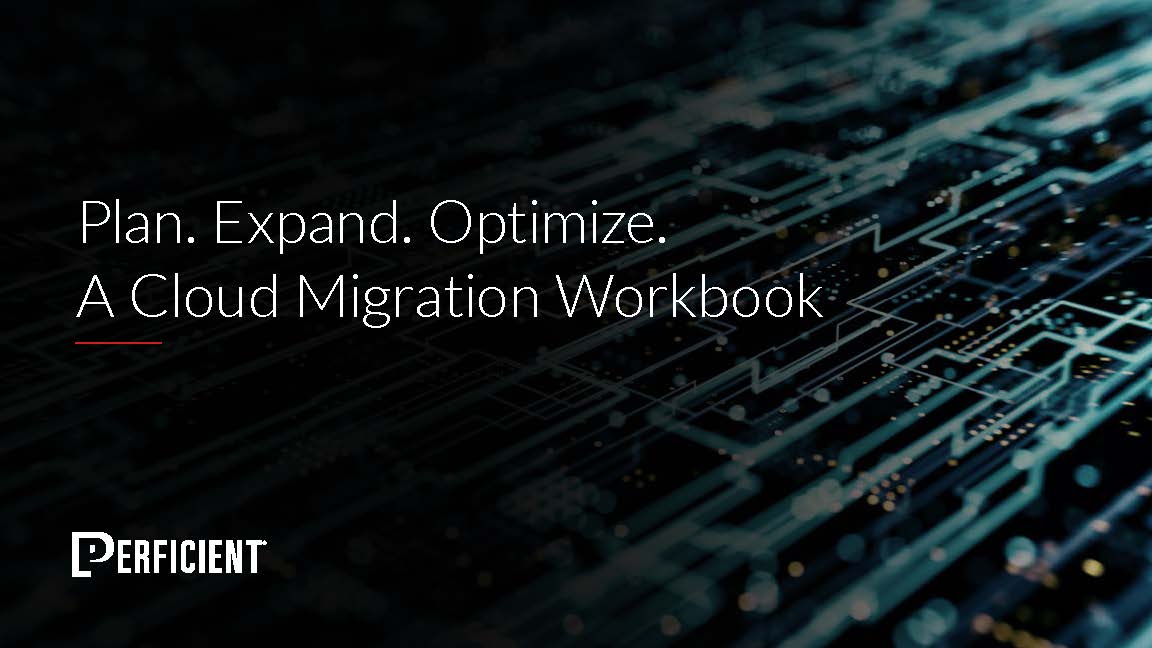In our recent blog, Strengthen Your B2B Commerce Experience with CPQ & PIM, we learned how integrating a product information management (PIM) system with a configure price quote (CPQ) system can build efficiency and accuracy throughout the B2B buying process. Next, we’ll explore the benefits and delineation of responsibility between a customer relationship management (CRM) system, an enterprise resource planning (ERP) system, and a CPQ system to create a seamless experience for both your external and internal users.
How Do These Three Systems Work Together?
A CPQ system holds and executes the business rules to validate a bill of material (BOM) and provides users with the interface to configure the options easily without making mistakes. The ability of the CPQ system to execute those rules effectively and accurately it is, at a minimum, dependent on product, customer, and availability information. Hence, integrating your CPQ system with a CRM and an ERP system becomes very important.
A CRM system typically retains customer information such as their loyalty, sales activity, and sales pipeline information. Depending on your integration strategy, you would either sync the necessary customer information with the CPQ system or pull the information in real-time through the integration. The customer information is then leveraged in the CPQ system to drive additional rules during the quote and product configuration process, including pricing segmentation. Conversely, as the quote is processed in the CPQ, the quote information is shared with the CRM to reflect the changes in the “opportunity” that exists against the customer in the CRM. This helps to continually monitor the customer sales pipeline and forecast accurately.
On the other hand, an ERP monitors manufacturing and provides supply information, closes the loop on financials, and tracks product availability. Inventory visibility in CPQ is important so that the customer knows if there may be a delay in processing their order or if the options they have chosen have a component of the configuration that is not in stock. This sets the customer’s expectations and helps them decide if they should choose another configuration option that may be available faster. Currently, we see this being a huge gap, as many companies do not have product availability information integrated into their CPQ system. If the products are “made to order,” then you must consider the various lead times that are involved during manufacturing and making the product available to the customer.
Another important aspect of integration that we typically see between the CPQ and ERP is the workflow and approval process defined in the CPQ to drive the engineering, planning, and scheduling processes in the ERP. Various organizations that sell highly engineered products will integrate the workflows in the quote approval process.
Best Practices
Although your CPQ makes the decisions, the CRM and ERP have a powerful influence on the end-result of the commerce journey. When integrating these three systems, we recommend you follow these best practices:
- Understand the delineation of responsibility between the systems and know what each platform does and how to operate it.
- Do not duplicate rule maintenance. Try to manage rules in a centralized place, such as your CPQ.
- Rules should be more data-driven in nature. If for any reason your products or configurations begin to change, you must go in the system and update the associated rules manually.
- Automate the process integrations frequently to decrease the time and resources allocated to the quotation process.
- Real-time flow of data between the systems. For example, when the quote is finalized and converted to order in CPQ, the information is sent to the CRM and ERP systems in real-time to mark the Opportunity Won/Closed in CRM and for order processing activity to start in ERP respectively.
For more information on best practices or integrating a CRM or ERP with your CPQ, reach out to our experts.


Great article